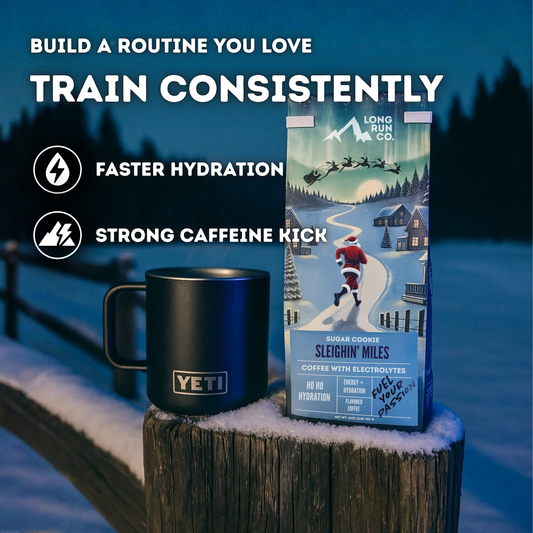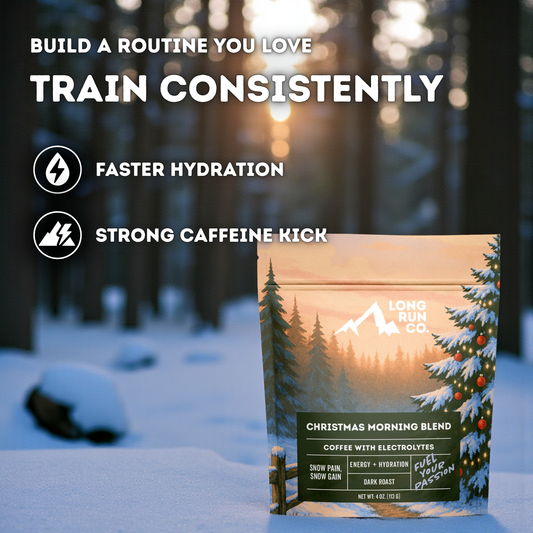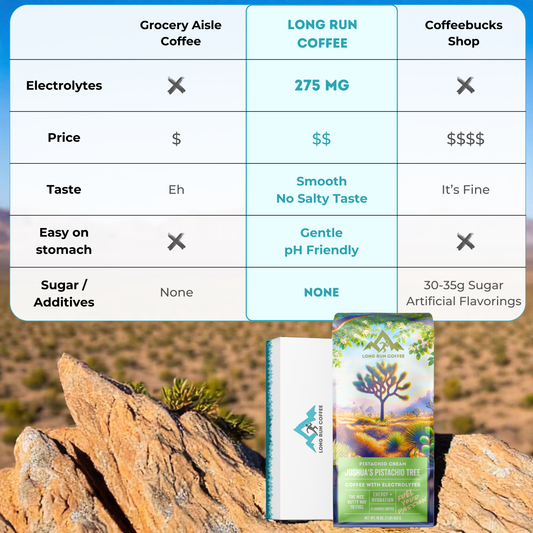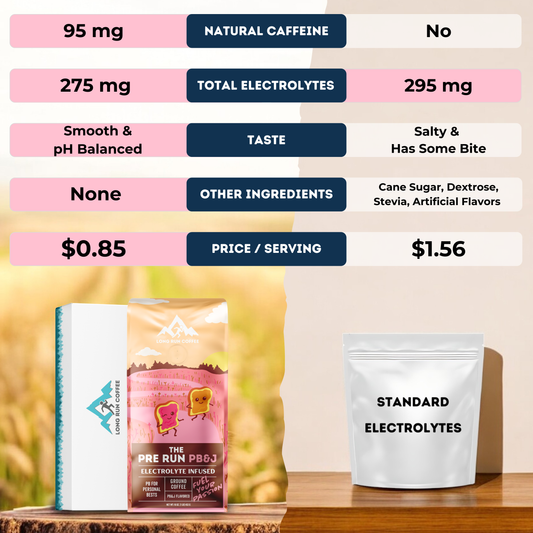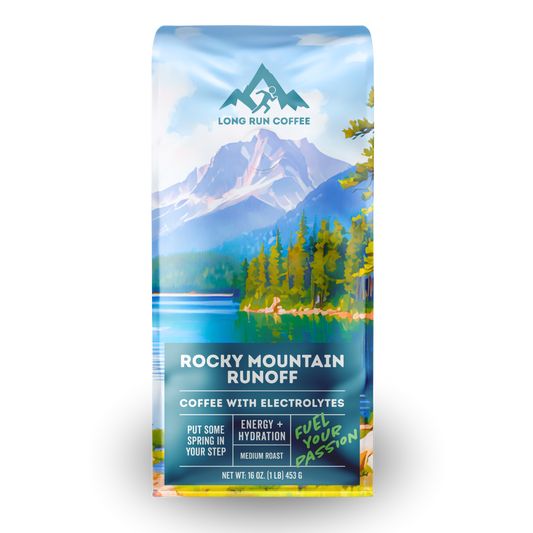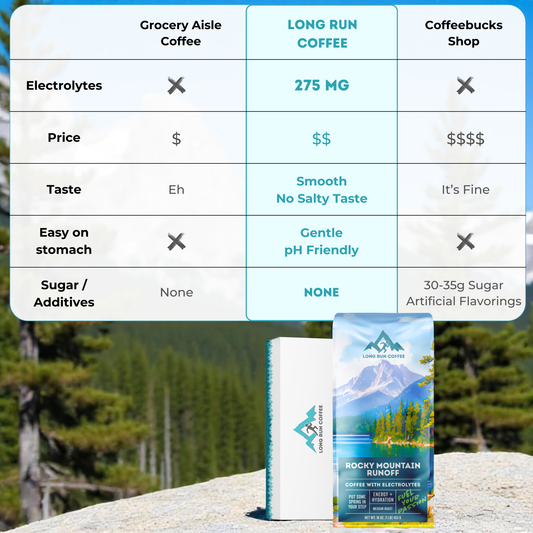
Why Progress Gets Harder to See
2 Minute Read
Why progress gets harder to see as get better and better.
The Problem
As we train (over months, years, entire seasons) we build more and more capacity. More aerobic depth. More resilience. More consistency. More discipline. More durability.
But as our ability grows, something strange happens: progress becomes harder to see. Not because it’s gone. But because our standards rise at the same rate our fitness does.
What used to be a breakthrough becomes normal.
What used to feel hard becomes routine.
What used to count as progress barely registers anymore.
This is why experienced athletes often feel like they’re not improving, even while they’re getting significantly stronger.
It’s not a lack of progress. It’s a lack of visibility.
Why Progress Feels Invisible as We Improve
1. Every breakthrough becomes the new baseline
Early wins feel huge.
Your first 5 miles. Your first tempo run. Your first race where you feel strong all the way through.
A year later, these milestones barely feel noteworthy.
Capacity expands, and the brain quietly upgrades its expectations. Suddenly, what once defined progress becomes “just another day.”
We mistake adaptation for stagnation.
2. As we get better, PRs naturally space out
Newer athletes improve quickly because the gap between current ability and potential is wide.
For experienced athletes, the gains are smaller, slower, and harder to notice. Not because we’re failing. But because we’re already closer to our ceiling in many areas.
In the beginning, reaching a new PR might happen weekly. But as we grow, PRs might come once a season… or once a year… or even less.
Progress hasn’t slowed. The scale changed.
3. Expectations grow faster than fitness
Every improvement opens the door to a new expectation:
You run faster… so you expect more from yourself.
You lift heavier… so you expect more strength.
You handle higher mileage… so you expect the long run to feel easier next time.
We don’t celebrate raised expectations. We only notice where we still fall short of them.
The goalpost moves, and we act like that means we’ve failed.
4. Success hides inside normalcy
Experienced athletes improve through subtle shifts:
-
faster recovery between workouts
-
more consistent pacing
-
higher mileage without breakdown
-
steadier emotions on hard days
-
better tolerances for discomfort
-
fewer days derailed by setbacks
-
routine that feels automatic
These are massive signs of growth. But they’re quiet. They don’t feel dramatic.
Silent progress is still progress. And it's often the most important kind.
It Applies to Everything
When we grow, our vision expands with it.
We don’t just get better. We expand our idea of what “better” means.
We see a new goal opportunities to pursue. And these new goals are significantly harder, and take much longer to achieve. As a result, we never feel like we've "made it." We never feel like enough, as there is always a next step. And that next step is hard.
But that feeling isn’t failure. It’s evolution.
We wouldn’t even know to want the next level if we hadn’t already stepped into the current one.
The frustration you feel is often proof you’ve outgrown your old standards.
The Solution: Measure Progress by Capacity
The new goals we set for ourselves get harder and harder. In order to maintain a sense of progress when new milestones are significantly harder and more spread out, we need to ask better questions:
-
Can we handle more volume without breaking?
-
Do we recover faster than we used to?
-
Is training more consistent?
-
Are setbacks less dramatic?
-
Does routine feel automatic instead of fragile?
-
Are we calmer on the hard days?
-
Do we bounce back quicker?
These are the real signs of progress. And they compound indefinitely.
The gains don’t disappear. They change form.
Wrap It Up
As we grow, progress becomes quieter. But that isn’t a sign that improvement stopped. It’s a sign that we’ve gotten stronger.
The gap between where we are and where we want to be will always be present. Because every time our capacity grows, our standards rise to meet it.
The key is not to chase louder progress. It’s to recognize the quieter kind.
With this mindset, we build a routine we love and train consistently.






